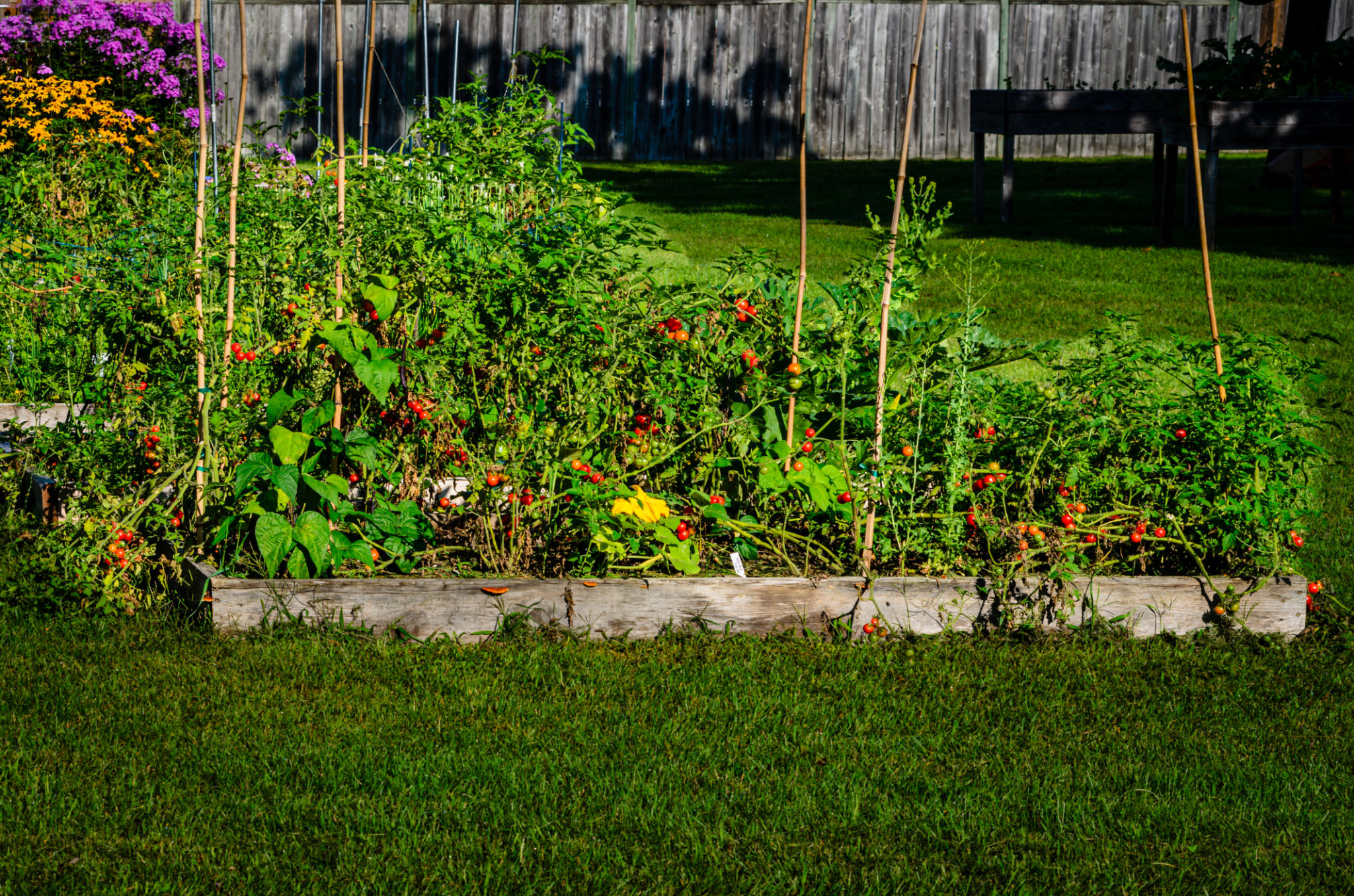Why Topsoil Cleaning is Essential for Sustainable Gardening
The Importance of Topsoil in Gardening
Topsoil is the uppermost layer of soil, rich in organic material and nutrients, which makes it crucial for plant growth. In sustainable gardening, maintaining healthy topsoil is essential for fostering robust plant life and ensuring long-term garden productivity. Topsoil cleaning is an often overlooked practice that can significantly impact the health of your garden.
Without healthy topsoil, plants struggle to absorb the necessary nutrients and water needed for growth. This layer is home to numerous microorganisms that contribute to nutrient cycling and soil structure. Therefore, understanding how to maintain and clean topsoil can make a substantial difference in the success of your gardening efforts.

Causes of Topsoil Degradation
Several factors contribute to the degradation of topsoil, including erosion, pollution, and compaction. Erosion removes the nutrient-rich layer, while pollution from chemicals and heavy metals can contaminate it. Compaction, often caused by heavy machinery or foot traffic, reduces the soil's ability to absorb water and nutrients.
These issues not only affect plant health but also reduce the biodiversity within the soil. This loss of biodiversity can lead to a decrease in the natural processes that help recycle nutrients and support plant growth. Consequently, addressing these problems through topsoil cleaning can help restore soil health and promote sustainable gardening practices.
Benefits of Topsoil Cleaning
By implementing regular topsoil cleaning, gardeners can remove contaminants and excess debris that hinder soil health. This process involves removing unwanted materials such as rocks, weeds, and pollutants that can obstruct plant growth. Additionally, cleaning helps improve soil aeration and drainage, allowing roots to flourish.
Moreover, cleaning topsoil rejuvenates its nutrient content by promoting the activity of beneficial microorganisms. This increased microbial activity enhances nutrient availability for plants, leading to stronger growth and higher yields. As a result, gardens become more resilient to environmental stressors like drought and pest infestations.

How to Clean Topsoil Effectively
To clean topsoil effectively, start by removing any visible debris such as stones, branches, or trash. Next, consider performing a soil test to determine any nutrient deficiencies or contaminants present in the soil. Based on the results, you may need to amend the soil with organic matter like compost or manure to replenish lost nutrients.
- Remove visible debris.
- Conduct a soil test.
- Amend with organic matter.
- Aerate the soil regularly.
Aerating the soil is another crucial step in maintaining healthy topsoil. This can be done using a garden fork or mechanical aerator to loosen compacted areas, improving water infiltration and root penetration.
Sustainable Gardening Practices
Sustainable gardening not only focuses on cleaning topsoil but also incorporates practices that prevent future degradation. Techniques such as crop rotation, cover cropping, and reduced tillage are effective in preserving topsoil quality. These methods help maintain soil structure and fertility, ensuring that gardens remain productive over time.
By integrating these sustainable practices with regular topsoil cleaning, gardeners can create an environment where plants thrive naturally without relying heavily on chemical fertilizers or pesticides. This approach not only benefits individual gardens but also contributes positively to the broader ecosystem by promoting biodiversity and reducing environmental pollution.

Conclusion
In summary, topsoil cleaning is essential for sustainable gardening as it enhances soil health and supports robust plant growth. By understanding the causes of topsoil degradation and implementing effective cleaning strategies, gardeners can ensure their gardens are both productive and environmentally friendly.
Remember that maintaining healthy topsoil is a continuous process requiring attention and care. By adopting sustainable gardening practices alongside regular topsoil cleaning, you can create a thriving garden that stands the test of time while contributing positively to the environment.